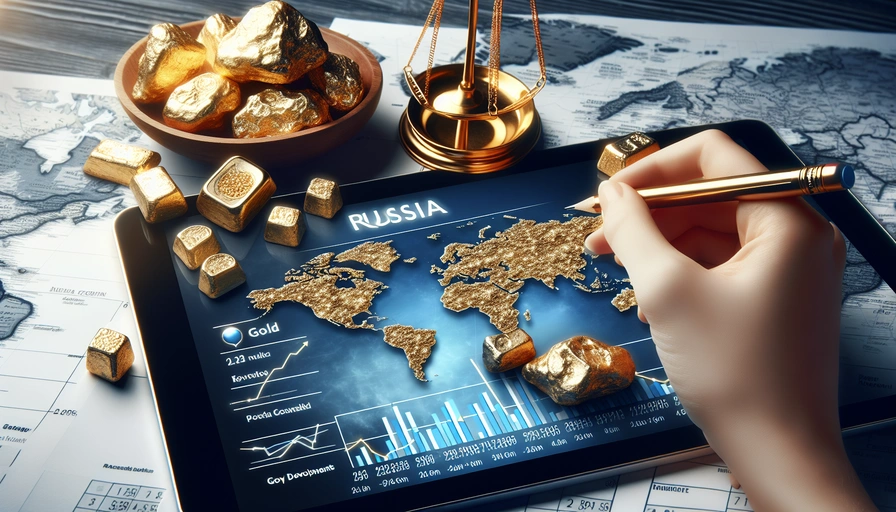The gold trade in Russia has been a topic of significant interest and concern, especially given the country’s strategic moves in the global market. Here are some of the latest developments and key points regarding Russia’s gold trade:
- Record Gold Production and Revenue: B2Gold, a Canadian gold mining company, reported a profit of N$2.59 billion (approximately USD 170 million) from its Otjikoto gold mine in Namibia for the year 2024. The mine achieved record gold production levels, contributing significantly to the company’s revenue, which totaled N$8 billion (approximately USD 525 million).
-
Impact of Global Tariffs: The potential imposition of a 21% export tariff by US President Donald Trump on Namibian goods, including diamonds, could have a ripple effect on the global gold market. Such tariffs undermine established trade rules and could impact Russia’s gold trade dynamics, given the interconnected nature of global markets.
-
Trade Deficit and Export Earnings: Namibia’s trade deficit improved to N$2 billion in February 2025, down from N$2.7 billion in January 2025. Notably, non-monetary gold accounted for 17.6% of Namibia’s total exports, highlighting the importance of gold in the country’s trade portfolio. This development is relevant to Russia as it navigates its own trade balances and export strategies.
-
Economic and Political Implications: The geopolitical landscape, including the management of oil and gas industries by Namibia’s Presidential Office, underscores the strategic importance of natural resources, including gold. Russia’s approach to managing its gold trade will likely be influenced by similar considerations of maximizing national benefits and ensuring value addition.
-
Investment and Market Diversification: Namibia’s efforts to diversify markets and boost trade, particularly in sectors like mining and renewable energy, provide a context for understanding Russia’s own strategies in the gold trade. The African Continental Free Trade Area (AfCFTA) and bilateral cooperation initiatives are examples of how countries are seeking to enhance their positions in the global market.
In summary, Russia’s gold trade is influenced by a complex interplay of production levels, global tariffs, trade balances, and strategic economic policies. The developments in Namibia’s gold sector, along with broader geopolitical and economic trends, offer valuable insights into the potential directions and challenges for Russia’s gold trade in the coming years.

